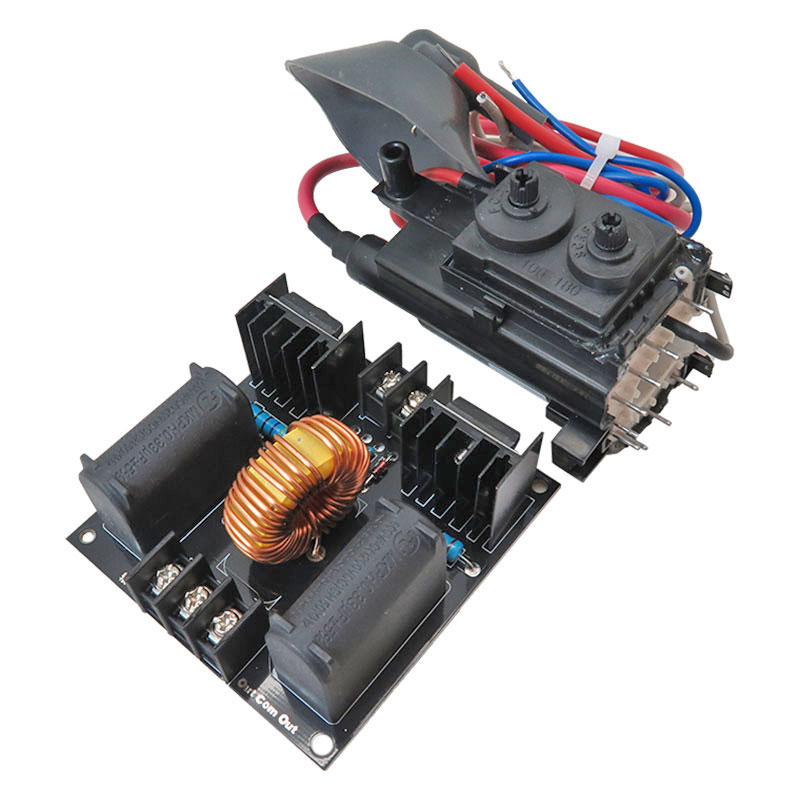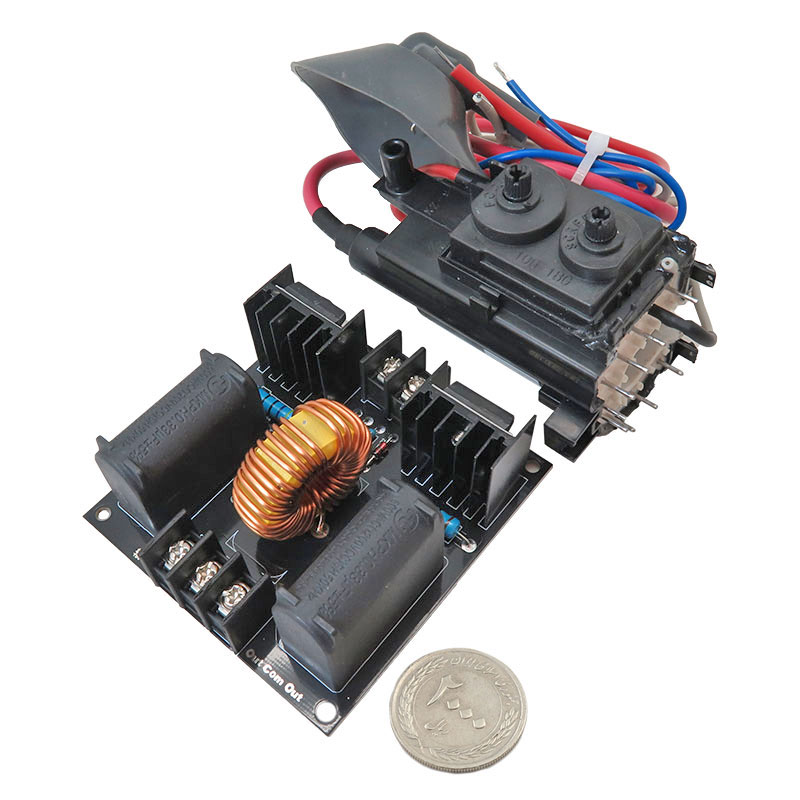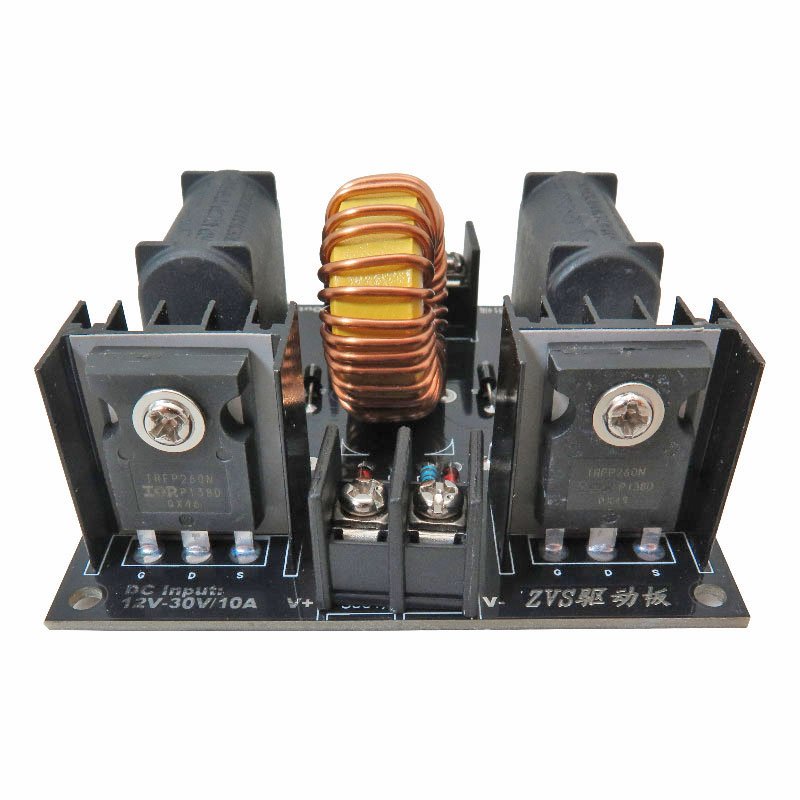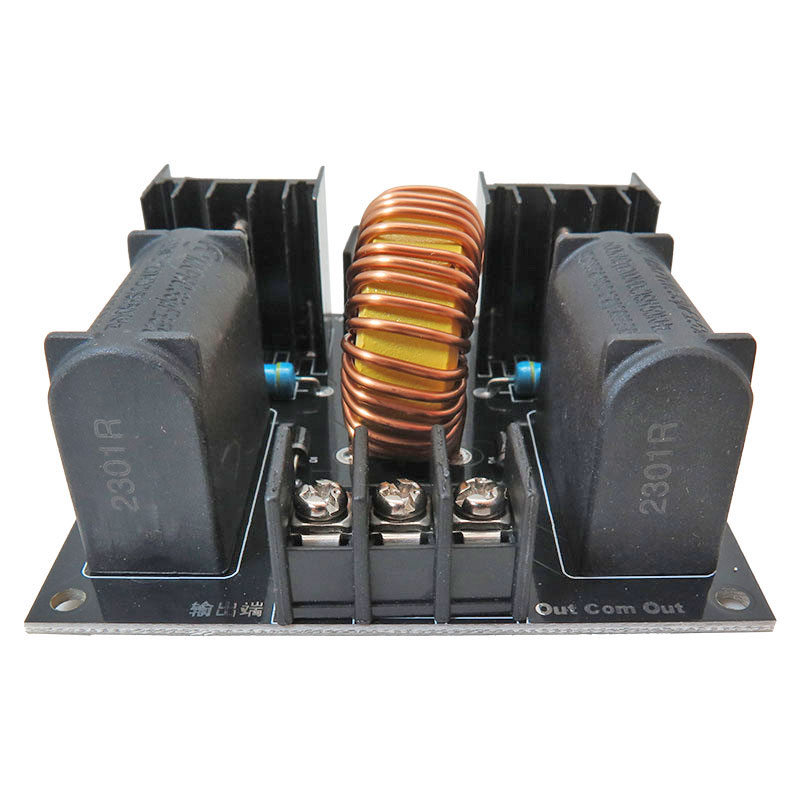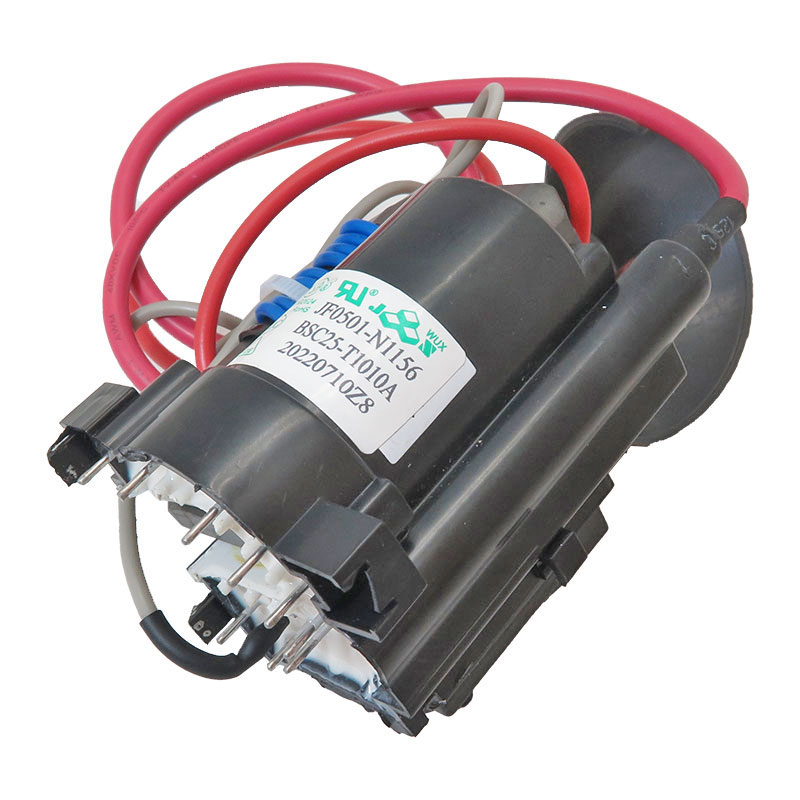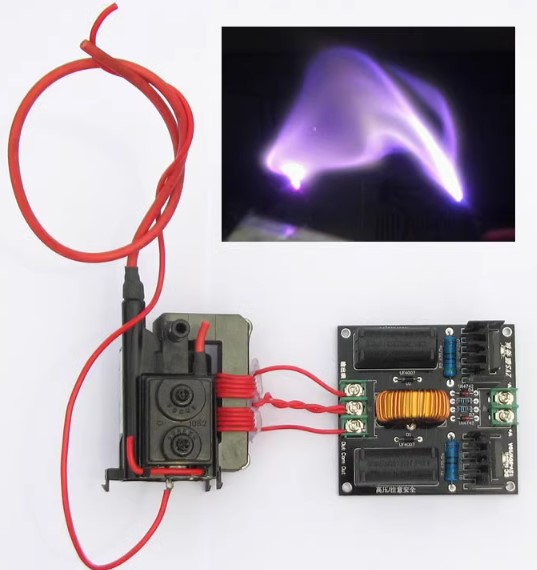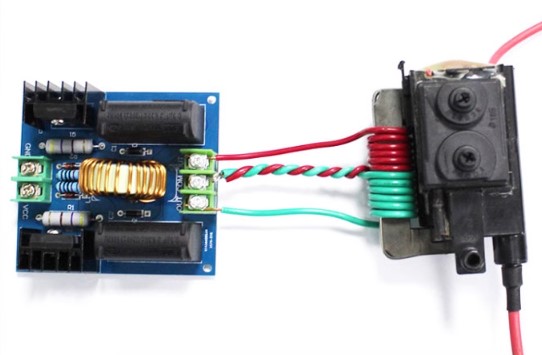موجودی انبار : 1 عدد
موجودی در حال ارسال به انبار
-
5 عدد1404/08/30
4 از 5.0 با 9 رای
ماژول کوره القایی ZVS دارای محدوده ولتاژ ورودی 12V الی 30V و بوستر ولتاژ
کوره القایی، یک کوره الکتریکی است که گرما را از طریق القای گرمایی به مواد اعمال میکند. عبور جریان از یک سیم پیچ و استفاده از میدان مغناطیسی برای ایجاد جریان در هسته سیم پیچ، اساس کار کورههای القایی را تشکیل میدهد. در این کورهها از حرارت ایجاد شده توسط تلفات فوکو و هیسترزیس برای ذوب فلزات یا هرگونه عملیات حرارتی استفاده میشود.
از القای الکترومغناطیسی برای ذوب، گرم کردن و جوشکاری در صنایع مختلف می توان استفاده کرد.
ماژول کوره القایی یا ZVS مخفف Zero Voltage Switching شامل یک تجهیز الکترومغناطیسی و یک نوسان ساز الکترونیکی با جریان متناوب فرکانس بالا می باشد که با عبور جریان از یک سیم پیچ و استفاده از میدان مغناطیسی برای ایجاد جریان در هسته سیم پیچ ، حرارت ایجاد می شود، این حرارت القا شده توسط تلفات فوکو و هیسترزیس ایجاد میشود. یکی از مهمترین مزایای فرآیند گرما به صورت القایی این است که گرما در درون خود جسم ایجاد و القاء میشود، به جای آن که از طریق منبع خارجی دیگری گرما هدایت شود، بنابراین می توان اشیاء را بسیار سریعتر گرم کرد، نکته دیگر این که در روش ZVS هیچ گونه تماس خارجی وجود ندارد و این می تواند بسیار مهم باشد چراکه هیچ گونه آلودگی وجود ندارد. قبل از ورود تکنولوژی کورههای القایی از کوره های سوخت فسیلی استفاده می شد، کوره های القایی در مقابل آنها از مزایایی همچون دقت بالاتر، تلفات گرمایی کمتر، تمیز و بدون آلایندگی، کوچک و بدون دردسر بودن ، غیرتماسی بودن و... برخوردار است.
ولتاژ کاری این ماژول در محدوده 12 تا 30 ولت و دارای فرکانس 30 تا 50 کیلوهرتز است.
کاربرد کوره الکتریکی:
- نرم کردن و خم کردن فلزات سخت
- ذوب جوش و اتصالات فلز
- قابليت تهيه آلياژهاي يكنواخت به علت چرخش داخل مذاب
- قابليت تهيه و نگهداري ذوب در ظرفيت هاي مختلف
مشخصات کوره القایی ZVS:
- ولتاژ ورودی: 12 تا 30 ولت دی سی
- فرکانس کار: 30 تا 50 کیلوهرتز
- ابعاد: 74 در 77 میلی متر
- توان 60 وات در ولتاژ 12 ولت جریان 5 آمپر
- توان 600 وات در ولتاژ 24 ولت و جریان 10 آمپر
